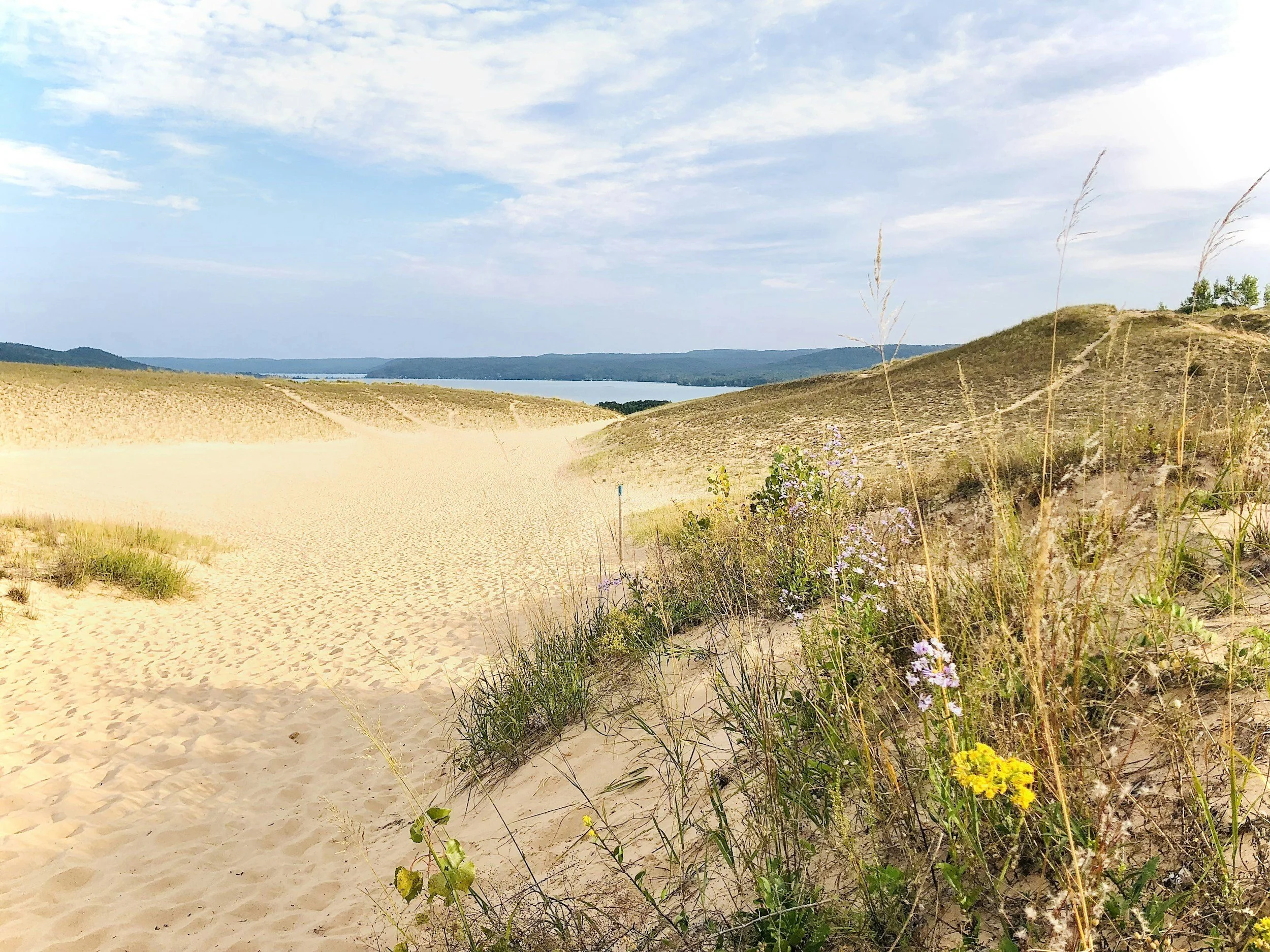Critical Dunes

About the Critical Dunes
The State of Michigan is defined by its natural resources, which are some of the most scenic and rare on the planet. A single glance at a map reveals that Michigan is unlike any other state in our nation. With over 3,200 miles of shoreline along the Great Lakes, it is this thin strip of land that truly magnifies the depth of Michigan’s unrivaled outdoor attributes. Within this zone, a rare combination of glacial history, wind, water, and vegetation came together to create the largest accumulation of freshwater coastal dunes in the world. These extraordinary dune features set the stage for a distinctive mix of ecological communities that support rare and endangered species, irreplaceable habitats and dynamic biological interactions.
With over 70,000 acres of critical dunes along the lake shore, the idea that an individual action could determine the future and quality of the landscape is almost unimaginable. Yet it is the individual lot and single management activity that will truly determine the protection of these rare and fragile ecological systems.
Building in Michigan’s Critical Dunes is regulated by the Sand Dune Protection Management Act.
Critical Dunes Permit Process
In order to support local communities and individual landowners in creating sustainable development, the Michigan Department of Environmental Quality utilizes a permit process to regulate activities in critical dune areas and ensure the protection of these irreplaceable natural resources for present and future generations. As part of this permit process, the Department identified three measures to increase observance of the Sand Dune Protection and Management Act.
These measures may require associated fees and include:
A soil and erosion control permit from your County Drain Commission office (when applicable).
A proposed on-site sewage treatment permit from your local County Health Department (when applicable).
A Vegetation Assurance (written assurance that the cutting and removal of trees and other vegetation will follow accepted practices and guidelines for re-vegetation such as those recommended by your local conservation district).
Additional Resources
General information on the Critical Dunes
Vegetation Assurances Application
BCCD will provide the necessary Vegetation Assurances.
There is a minimum $250 fee.
Critical Dunes laws, maps, and permitting process
